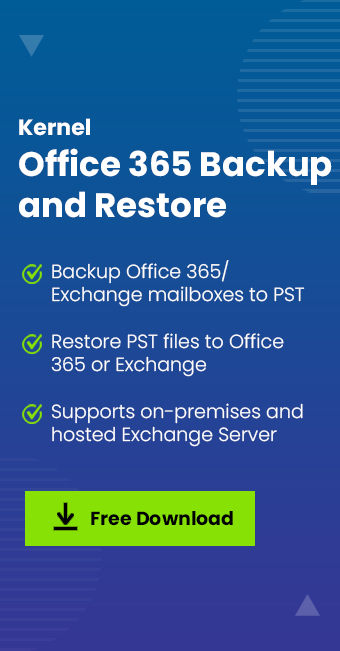Read time: 3 minutes
In the past years, Microsoft has come up with incredible changes and updates to its products. Microsoft is now creating a new revolution in Backup and Restore with Microsoft Syntex (formerly SharePoint Syntex). As a technology enthusiast, I am highly excited and looking forward to using these new updates and sharing my views on them.
More about Microsoft Syntex
Recently at Ignite conference came up with this Microsoft Syntex by extending its application across the entire Microsoft 365 suite.
Microsoft Syntex is an AI-based solution to assemble content and process documents intelligently. It used to perform with all office 365 applications to manage content such as images and documents uploaded into a library.
It is essential to keep a backup of your highly critical data in the Microsoft cloud. Microsoft Syntex plans this capability for the regular backup of data across all major Office 365 applications (SharePoint, Exchange, and OneDrive). Syntex has various managing functionalities like backup, analytics, and archive for docs. Using Syntex, users can speed up the process, saving both money and time while converting data into insightful knowledge to make it more secure and available.
Microsoft introduces a plan for businesses PAYG (Pay-as-You-Go) to backup and restore Office 365 cloud data where the user needs to pay for the services they are using an Azure subscription, but there are no further details available about its cost and functionality.
- Enhance human expertise
- Automate content management
- Transform content into knowledge
- Rational content services
Microsoft Syntex features
Using Microsoft Syntex’s features, users can automate content processing. Here is how it helps:
- Content Intelligence
Through CI (Content Intelligence), Microsoft 365 arranges unstructured content and images in a more structured way using advanced AI capability and machine learning. With Content AI, there is excellent data organization, which reduces human error by auto-labeling and tagging content. - Backup
Using Microsoft syntax, users will be able to backup content across Office 365 applications, i.e., Exchange, OneDrive, and SharePoint, which can be recovered anytime. - eSignature
Microsoft has introduced a fantastic feature in Syntex, i.e., eSignature. This e Signature feature is designed for easy approval of content in Office365. So it helps to discontinue the traditional complex approval method or any risk while using a third-party tool. - Content Assembly
Using Syntex Content Assembly, original documents are created utilizing templates and metadata. It also allows to merge and edit PDFs. Users can easily create business documents, such as contracts, statements of work, service agreements, letters of consent, and even more by using content assembly. - Document Summarization
Document Summarization is an upgraded feature to read and generate content summaries and create key points. It completely works using AI to pick out key points for a particular document. Users can understand the content through these key points instead of reading the whole content. i.e., designed to grab attention on essential points where the action is needed. - Microsoft Syntex Search
Microsoft Syntex is coming up with many advanced features, such as Microsoft Syntex search, an advanced search option to ask and check for queries and information. This is beyond the primary filtering option and comes with a quicker response. There will be new improvements, such as an understanding of natural language and the availability of pre-built answers to many of the questions.
Note- Only Microsoft Word documents (.docx/.doc extension) are currently used for creating a template.
End Note
As a user, I am excited about Microsoft Syntex, which is about to come with great features such as Syntex eSignature and many more. Tell me how excited you are about this new technology. Stay Tuned to our page for more such technology blogs.








